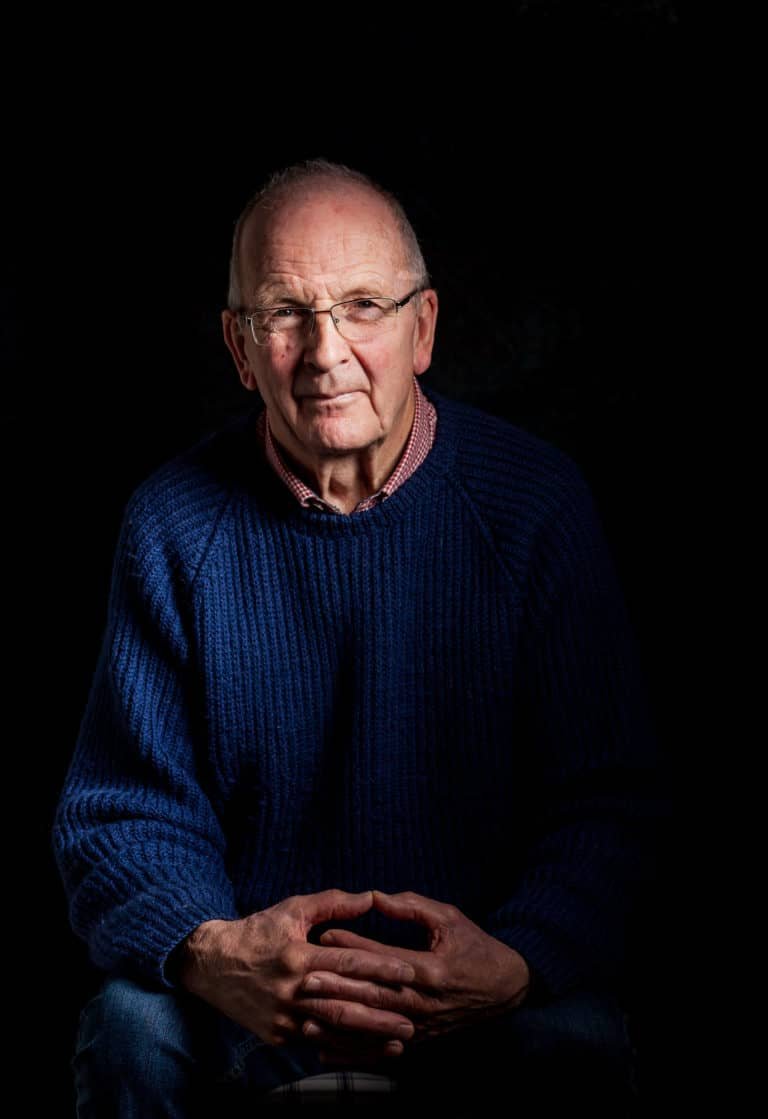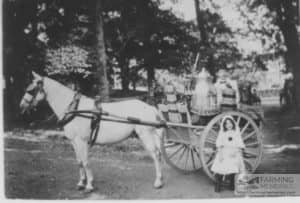David Cooper on Milk
When I got close to my 15th birthday which is when you could leave, I didn’t have a job so I went around the farms in the area to see if they wanted anyone and I walked up to Park Farm and met the farmer, told him what I was doing, that I was keen.
He knew of my family through years ago, the Cooper family at Nettlestone and so I remember he just said OK, I’ll start, I think it was on the 10th April I started, get up here just before 7 and knock out at half past four, so that was my day.
I used to walk across the field from Nettlestone and sometimes it was soaking wet, sometimes it was just a nice spring morning. I can remember it well, I used to love it and the first thing we would do is get the cows in.
They used to come up to the gate of the farmyard. They were set into a field, someone would open the gate of the field and they’d come up to the gate of the farm, open the gate and they’d all go into their places, all these stalls, these buildings which I will try and show you in a minute if I can find them.
They all had stalls in, each cow had its place and they knew exactly where to go. Put a chain around their neck because there was a wooden stall or sometimes a metal stall, put a chain round their neck and there’d be a, not a trough, a manger in front of them. Some cow cake or some food would be put in to that so they’d get on with that.
In the winter, they would have some hay shaken down. In the summer you’d load it up with hay and so on winter mornings or if they were staying in all night when it was really rough, you’d just shake hay down through a slot in the floor and fill the manger and so they could be quite happy to sit there and there’d be some hay and straw on the floor.
They’d be quite happy to live in there for a night or a day if need be.
Anyway, then they would … we’d get some warm water in a bucket and we’d go round and wash the cows’ udders off because they’d been in the mud, you know, been in the muddy field. Wash them off.
The milking stool, three-legged thing, you’ve probably seen those, and a bucket and then hand-milking because there was no electricity at the farm, there was no mains electricity so everything was done manually.
I would milk about, I don’t know, can’t remember now, probably five or six cows and there’d be four other milkers, the two farmers, the farmer’s son and another man, so we probably used to milk 40 cows in a morning.
The milk would then be put into a churn, taken down to the Dairy and it would be put through a cooler, a milk cooler. I don’t know if you’ve ever seen one of those. It’s like water flowing through a radiator and you would tip the milk through a filter and it would run down over the cooler and that would help it to keep, otherwise milk goes off very quickly you see and we didn’t have a fridge and so that was then cooled, into a churn and then there would be a few churns which would have to be ready for about half past 8, 9 o’clock, to be put out for the milk lorry.
The milk lorry came from the Island creamery, Island Dairies at Newport, where they would take it and process it and then they would send a milk cheque every week to the farmer.
Then we’d have a breakfast, we’d take a sandwich or something for breakfast and I’d sit in with an old boy who’s nearly at retiring age and he’d been associated with the farm all his life apart from going away for the War, the First World War that is and so I would hear all his stories.







